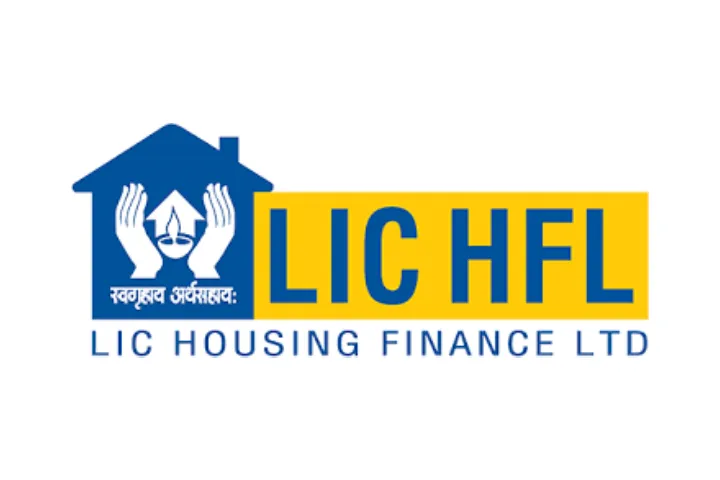How we built a robust and automated stress-testing framework for a large NBFC

About the client
Our client is a leading financial services firm that provides customized solutions in the areas of financial advisory, equity capital markets, wealth management and alternative asset management. They cater to investment advisory and portfolio management needs of Family offices and Ultra High Net worth Individuals / families, spanning all asset classes.
Business challenge
Our client, a large NBFC, gives loan against securities (LAS) to its clients. LAS loans are complex and have a variety of features, such as moratorium, compounding interest, and IRR based structures.
Stress testing is one of the key components of Asset Liability Management (ALM), which involves analyzing the impact of various economic scenarios on the financial institution’s balance sheet and performance. Stress testing is important because it allows financial institutions to assess their ability to withstand adverse market conditions, and to identify potential vulnerabilities in their balance sheet.
Stress tests focus on a few key areas, such as credit risk, market risk, and liquidity risk to measure the financial status of banks in a crisis. Bank stress tests were widely put in place globally after the 2008 financial crisis. Additionally, RBI has issued a set of guidelines on the management of liquidity and solvency by non-banking financial companies (NBFCs), which requires all NBFCs to file DNBS 4B returns covering periodic ALM reports. These reports need to capture the results of the NBFC’s stress tests.
Risk teams at most companies perform stress tests manually by simulating scenarios & considering assumptions, based on the historical pattern & current economic conditions of the portfolio generated which comprises borrowing, investments & assets. This process is not only complicated but heavily time-consuming.
Also, the quality of benchmark data & its availability are some key challenges observed in performing an effective stress test. As a result, our client’s risk team was not able to seamlessly run periodic stress tests on its fairly diversified & complex portfolio.
Our client was facing the following gaps/challenges in their existing ALM and stress testing setup:
- Data Challenges – Requires LMS and Treasury data for plotting on consolidated basis in simulation environment
- Scenario Building – Having the ability to build, capture, back-test various scenarios and simulate ALM in each scenario on an ongoing, prospective or retrospective basis. Since this was happening in excel there was a lot of manual work and with limited coverage due to time/data constraints.
- Scenario Simulation – Capability to accurately project cashflows in defined scenarios across the portfolio (Asset/Liabilities and Investments). Lots of rework/inaccuracy involved if done in excel, especially if core systems do not provide sufficient support.
- Deal Pipeline Inclusion: Capturing the deal pipeline and including it across different scenarios was required.
Our solution
We made every deal available in a central solution & made provisions to receive complex deal inflow & outflow data including proposed deals & borrowings basis assumptions made by the business team. Our system captures the entire term sheet and generates the exact cash flow schedule, which was previously done in Excel. The system also tracks the value of the securities used as collateral and triggers margin calls when the value falls below a certain threshold. The system also allows the NBFC to stress test its portfolio under a variety of scenarios, such as default, interest rate movement, rollover, and moratorium. This allows the client to understand how its business will fare in stressed market conditions.
The different stress testing scenarios we covered were: (can be turned into an infographic)
- Default scenario – The borrowers might default after some point of time, and if our client does not have enough liquidity, then it severely impacts the cash flows. The system allows configuring stress tests for groups of defaulting borrowers.
- Interest rate movement – What happens when the interest rate goes up or down
- Rollover – When a loan or credit agreement is extended for a new term. The borrower does not have to repay the principal amount of the loan, but they will continue to make interest payments until the new term expires.
- Moratorium – A temporary suspension of payments on a loan or credit agreement. This means that the borrower does not have to make any payments, including interest, for a specified period of time. This scenario actual panned out during Covid when RBI allowed a 6 month moratorium for loans.

Multiple scenarios as noted above were added in the system. Data of operational expenses can be provided or integrated from the cash management system.
Following outputs can be generated for each scenario –
1) ALM/Bucketed cash flows report with variance between custom scenario and base case.
2) Asset Cover Report – Weighted average cost of loans and weighted average tenor of loans for both assets and liabilities is captured in asset cover report.
Outcomes
Stress testing is an important exercise conducted by the risk team to estimate the robustness of the business. This exercise when done manually has multiple challenges and is error prone.
Our stress-testing framework helped the client derive the following benefits –
- Automated stress testing: Our stress testing framework automated the entire stress testing process, from setting up the test environment to running the tests and analyzing the results. This freed up the client’s risk team to focus on other important tasks.
- Customised stress testing: With our flexible and scalable stress testing framework, our client can easily adjust the test parameters and run custom tests across different scenarios.
- Accurate stress testing: With our fully automated framework built over SheetKraft, our client can be assured that all the right parameters are accounted for to give 100% accurate results across different stress test scenarios.
- Asset coverage calculation: Our stress testing framework also provides the client with the visibility of their Asset coverage by showing them actual asset cover calculation without any scenarios as well as actual asset cover after applying the stress-test scenarios.
- Comparison across scenarios: Through our stress testing framework, our client can also compare results across base case and stressed case scenarios and compute variance to identify the most sensitive areas of the business.
Here are some additional benefits of our stress testing framework:
- Improved risk management: Stress testing can help you identify and mitigate risks to your business. By understanding how your business would perform under various stress scenarios, you can make better decisions about how to allocate resources and manage your risks.
- Increased confidence: Stress testing can help you gain confidence in your business’s ability to withstand stress. By knowing how your business would perform under various stress scenarios, you can be more confident in your ability to weather any storms that come your way.
- Improved customer service: Stress testing can help you improve your customer service. By understanding how your business would perform under various stress scenarios, you can make sure that your customers are always able to get the service they need.







